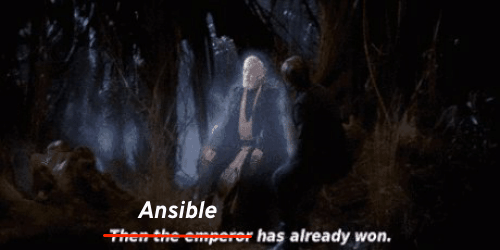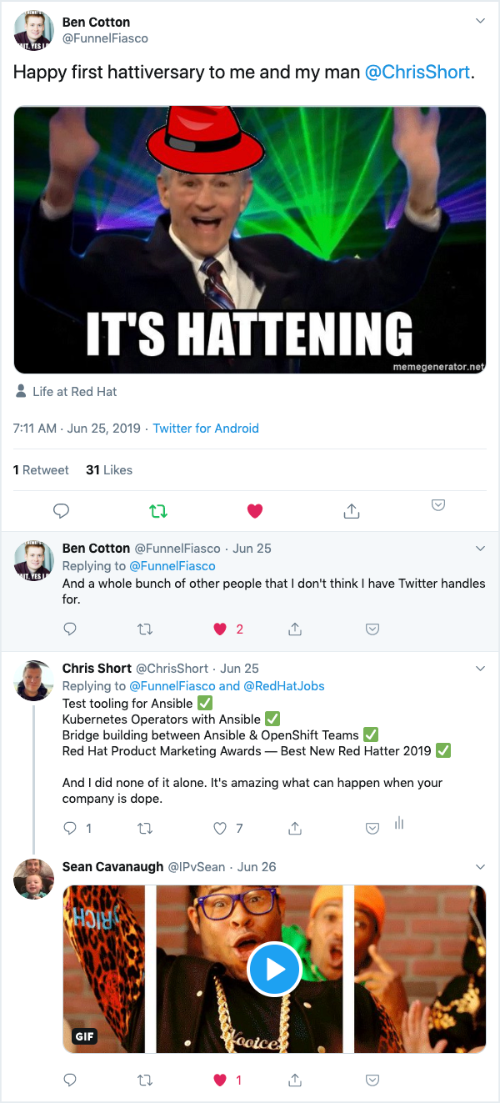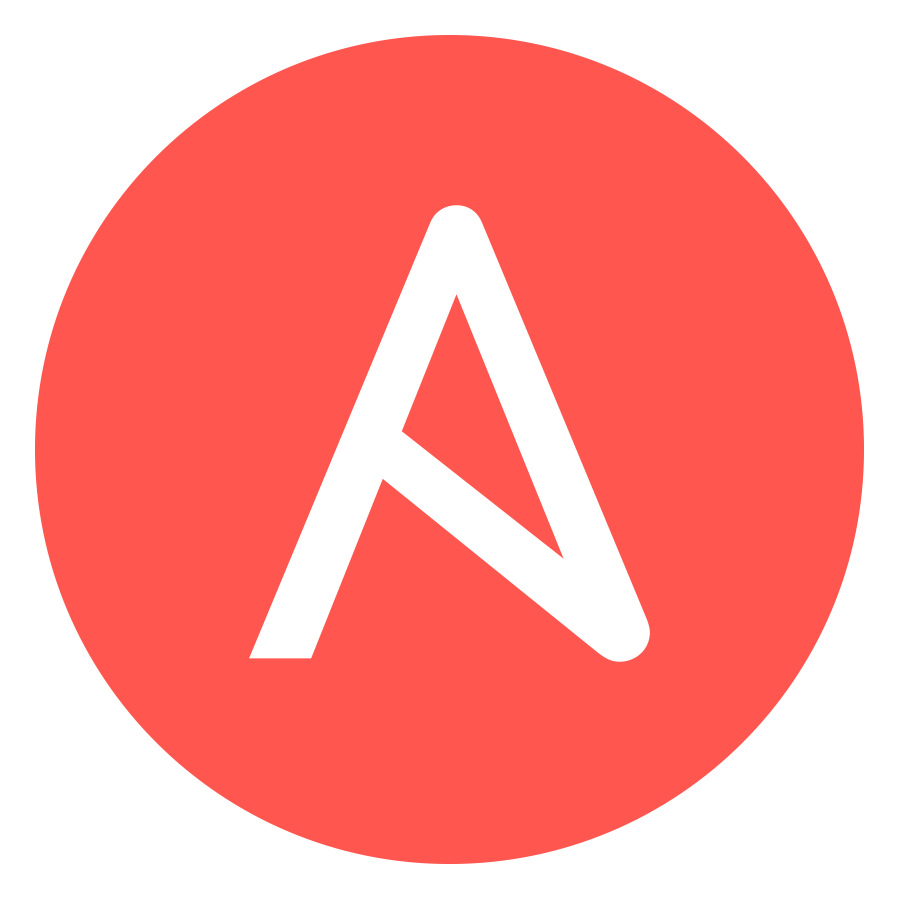This Monday (2019-08-19) will be my first day as Principal Technical Marketing Manager on the Cloud Platforms team at Red Hat. What does that mean? OpenShift (a lot of OpenShift), Kubernetes, containers, Operators, and all the associated bits will be my day job. Helping folks help themselves with technology is still and always will be the name of my game. But, working full time in the Kubernetes or cloud native ecosystem was a 2020 goal. Crossing off 2020 goals in 2019. #winning
But, there’s still work to do
My involvement with Ansible won’t end. Oh, heavens, no! I am still involved in AnsibleFest (see you in Atlanta). Part of my charge when joining Red Hat was to encourage more collaboration between the Ansible and OpenShift teams. That has been happening and will continue to happen with me sitting on the OpenShift side. I’m also acting as an Ansible insider for folks on the Cloud Platforms team. I’ve been told to be ready for a challenge and I’m looking forward to it.
When I announced I was joining the Ansible team, I wrote, “I’d like to work to see what Ansible can bring to CNCF projects.” You can write Kubernetes Operators with Ansible. Also, Ansible Operators are now a priority. Let’s face it; more people know how to write Ansible than Go. Ansible Operators are something I hope I can hang my hat on some day. But, there is much work to be done still. Ansible’s future lies in its ability to be picked up and used capably by almost everyone in the IT department. The more that thinking can be brought to the cloud native ecosystem, the better.
Burnout
Last month, I wrote about burnout in DevOps’ish, “Values mismatch is something I am struggling with right now in my own position. I highly value working in the Kubernetes community. One of my personal goals is to work full time on Kubernetes (or closer to the core of it). However, my job on the Ansible team doesn’t directly benefit from this work. It does feel like I’m being stretched incredibly thin by the #7 and #8 open source projects in the world. But, I also think that there are indirect benefits of this work. The problem is that it could lead to a perceived lack of fairness. I’m gallivanting across the cloud native countryside some days while my co-workers are pushing the Ansible go to market strategy. Open source is weird.”
The past year on the Ansible team has been filled with ups and downs. Don’t get me wrong, the first few months working on the Ansible team were phenomenal. I won an award voted on by my peers and leadership, I was doing work, and getting great feedback. But, after the IBM acquisition announcement and changes in my reporting chain, I wasn’t getting what I needed anymore.
I was still able to do good work, but it was harder to be passionate about Ansible, outside of the container world. Ansible and containers have a great story together that will continue to grow regardless of which team I fall under. But, all the work with Ansible outside of the scope of Kubernetes Operators wasn’t nearly as fun to me anymore. I wanted to follow my passion.
Accomplishments
I still managed to do quite a bit in the fourteen months on the Ansible team as a product marketer:
One unique opportunity was being part of a group of folks that helped adopt Molecule as an Ansible project. Seeing how that worked and played out; the intricate wordsmithing and between the line reading skills needed are next to mastery. But, one thing I helped drive home was that clearer communications are less on words and more about substance.
Why now though?
I’ve been looking to make a move to the OpenShift team since before April (when things were calmer). I had a failed attempt at joining as a Developer Advocate. That would have been fun, but the team rightly pointed at my utter lack of coding experience and decided otherwise. It stung a little, but makes complete and total sense. I am looking forward to working with the person they did end up hiring at some point.
Another motivator for making this move now, was when I took the time to move my newsletter, DevOps’ish out from behind Cloudflare. After several complaints from readers in Russia, I decided to put forth a modicum of effort to deter unfriendly regimes from blocking my various web properties. I also wanted a consistent method for doing this.
I started to work on what I thought would be a relatively simple project: a globally load balanced, block storage backed platform to host static web sites. After many attempts at building some semblance of a multicloud platform, and consults with friends in and outside cloud providers, I finally came to a conclusion. What I was trying to build wasn’t possible unless I went all-in with one cloud provider. The alternative was to layer a platform on top of the various providers’ cloud primitives. The obvious answer to this for me was Kubernetes. That’s when I knew, it was time to move to a Kubernetes day job. If I couldn’t do this, then not many other people could. They probably could use my help on a wide variety of cloud native things. But, never forget, Kubernetes is an iteration in technology, it’s not the destination.
Thank you, Ansible
Thank you to the Ansible team and especially my Ansible marketing teammates. You’ve brought me into Red Hat, welcomed me with open arms, and shared your knowledge (and your dogs) with me. You have all been wonderful teammates! I look forward to continuing to work together more as Red Hatters in the very near future (which is tomorrow).



